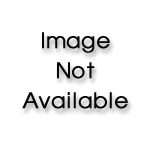
The 12 preference ballots for four candidates (A, B, C, and D) are shown. Construct a preference table to illustrate the results of the election.
ABCD BDCA CBDA ABCD CBDA ABCD
BDCA BDCA CBAD CBAD ABCD CBDA
A preference table to show the results of the election from the data given below –
The
ABCD, BDCA, CBDA, ABCD, CBDA, ABCD, BDCA, BDCA, CBAD, CBAD, ABCD, CBDA
Answer to Problem 1RE
Solution:
The preference table is shown below:
| Number of candidates voted | ||||
| First choice | A | C | B | C |
| Second choice | B | B | D | B |
| Third choice | C | D | C | A |
| Fourth choice | D | A | A | D |
Explanation of Solution
Given:
The
ABCD, BDCA, CBDA, ABCD, CBDA, ABCD, BDCA, BDCA, CBAD, CBAD, ABCD, CBDA
Construct the table for the given poll.
First, write the same order preferences once as shown below:
ABCD occurs four times.
CBDA occurs three times.
BDCA occurs three times.
CBAD occurs two times.
Now, construct a preference table with five columns and five rows:
| Number of candidates voted | ||||
| First choice | A | C | B | C |
| Second choice | B | B | D | B |
| Third choice | C | D | C | A |
| Fourth choice | D | A | A | D |
Want to see more full solutions like this?
Chapter 13 Solutions
Thinking Mathematically, Books a la Carte Plus MyLab Math -- Access Card Package (7th Edition)
 Discrete Mathematics and Its Applications ( 8th I...MathISBN:9781259676512Author:Kenneth H RosenPublisher:McGraw-Hill Education
Discrete Mathematics and Its Applications ( 8th I...MathISBN:9781259676512Author:Kenneth H RosenPublisher:McGraw-Hill Education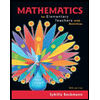 Mathematics for Elementary Teachers with Activiti...MathISBN:9780134392790Author:Beckmann, SybillaPublisher:PEARSON
Mathematics for Elementary Teachers with Activiti...MathISBN:9780134392790Author:Beckmann, SybillaPublisher:PEARSON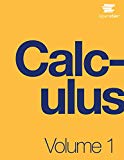
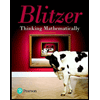 Thinking Mathematically (7th Edition)MathISBN:9780134683713Author:Robert F. BlitzerPublisher:PEARSON
Thinking Mathematically (7th Edition)MathISBN:9780134683713Author:Robert F. BlitzerPublisher:PEARSON Discrete Mathematics With ApplicationsMathISBN:9781337694193Author:EPP, Susanna S.Publisher:Cengage Learning,
Discrete Mathematics With ApplicationsMathISBN:9781337694193Author:EPP, Susanna S.Publisher:Cengage Learning,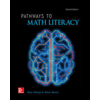 Pathways To Math Literacy (looseleaf)MathISBN:9781259985607Author:David Sobecki Professor, Brian A. MercerPublisher:McGraw-Hill Education
Pathways To Math Literacy (looseleaf)MathISBN:9781259985607Author:David Sobecki Professor, Brian A. MercerPublisher:McGraw-Hill Education





